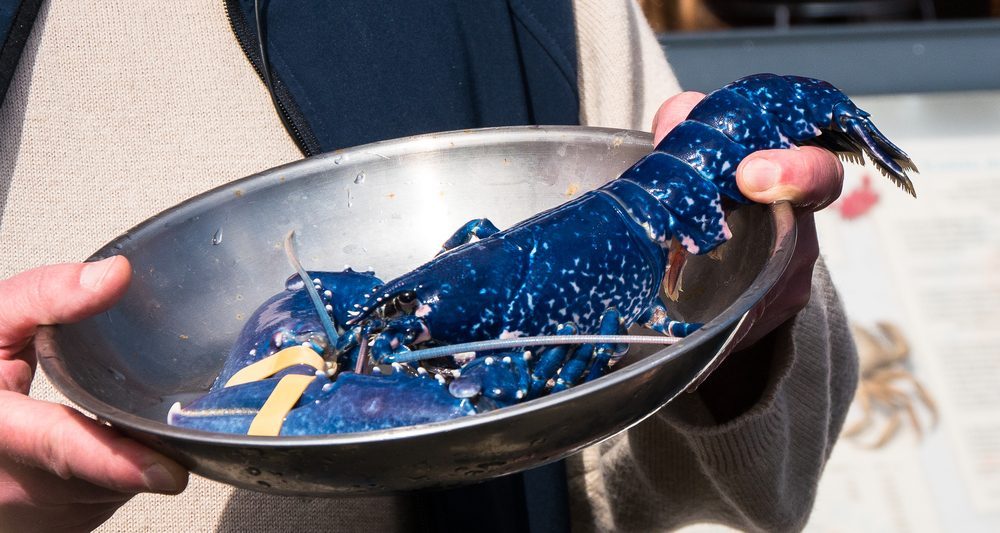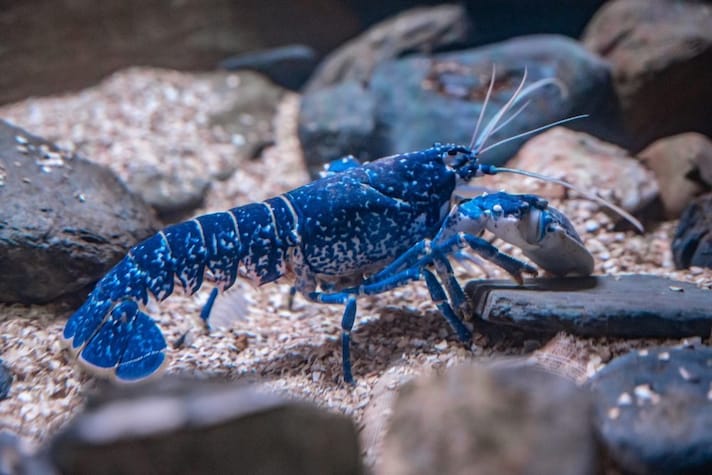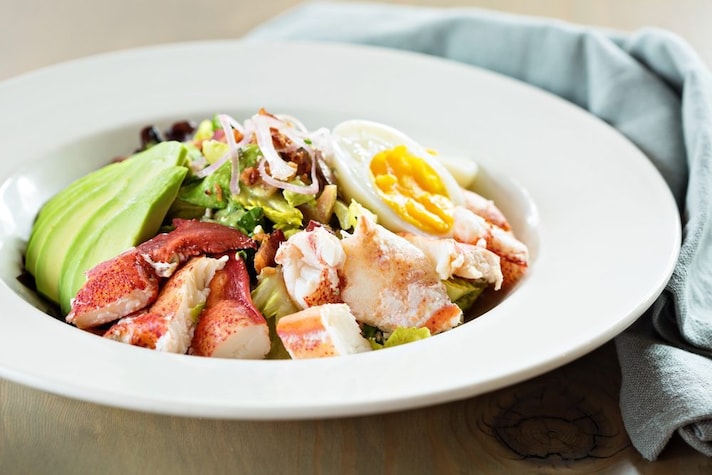What is Blue Lobster? Everything You Need to Know About the Prized Mediterranean Crustacean
Typical of Europe, unlike its American counterpart it has a midnight blue carapace, with yellow spots and the meat is more delicate. Perfect for cooking in recipes for special occasions.
;Resize,width=742;)
The blue lobster (Homarus gammarus) is one of the most prized crustaceans, sought after especially by those who want to emphasize a certain luxury at the table, celebrating special occasions, including institutional ones. It is no coincidence, in fact, that we heard about it recently during the 2024 G7 at Borgo Egnazia, prepared by the multi-starred chef Massimo Bottura for world leaders, or in September 2023, when the President of the French Republic Emmanuel Macron offered it at the state dinner in honor of King Charles III and Queen Camilla in Versailles. It is a lobster characterized by a midnight blue nuance, firm, pure white meat and a delicate flavor: on the market it can be found at an average of 79.69 USD per kg, oscillating on figures that go from 56.92 USD to more than 113.84 USD. Let's go and discover it.
What is the Blue Lobster: A True Jewel of The Sea
The European blue lobster is native to the coasts of the north-eastern Atlantic, from the waters of Norway to Morocco, passing through the western Mediterranean: it lives mainly on rocky seabeds, between 20 and 70 meters deep, where it finds refuge in ravines and caves. Fishing it is not easy, and cages or nets are used to trap it when it ventures into the open sea. It does not go unnoticed due to its dark blue shell, dotted with yellow spots: a color due to the presence of a specific protein that interacts with the pigments present in the carapace.

Its size ranges from 35 to 70 cm and it has the two claws typical of all lobsters, which is the aesthetic detail that most distinguishes these specimens from spiny lobsters (Palinurus elephas), with which they are often confused. The European lobster should not be compared to another much rarer blue lobster from the United States and called “cotton candy” or candy floss lobster due to its electric blue color, with iridescent blue-green shades; just as it is different from its more common American cousin (Homarus americanus), which tends towards brown-green, less valuable (with an average cost per kilo of around $34.15 USD-$45.54 USD), but still highly appreciated for its rich and tender pulp.
Blue Lobster in the Kitchen: Properties and Recipes
We are dealing with an important raw material, to be handled with care. In terms of its properties, the European blue lobster is similar to its peers, with a better nutritional profile: it has 77 kcal per 100 grams (compared to 90 for the American one), always low in calories, it has 16 grams of high biological value proteins, 1.9 grams of lipids (where the very few fats are mostly unsaturated) and a good quantity of B vitamins and minerals, such as phosphorus, calcium and magnesium. Furthermore, it is easily digestible. The most classic cooking method is boiling, which preserves the delicacy of the meat, just like you do with lobster: remember that although there is no specific legislation in Europe on the treatment of these animals, it is now considered cruel to immerse them alive in the pot (and even keep them on the fishmonger's counter with their claws tied).

Once cooked – it only takes 8 to 10 minutes – the European blue lobster also changes color, taking on the popular orange hue. The meat must then be extracted by first removing the head and then cutting the shell in two and eliminating the scraps, which will be excellent for a shellfish stock. It can be enjoyed in a salad, as in the classic Catalan-style lobster, with red onions and tomatoes, or in refined pasta dishes, such as lobster linguine. Or to enrich elegant risottos, just as chosen by chef Bottura, who in Puglia included in the menu for Meloni & Co. a risotto with Sardinian blue lobster with a sea bass and citrus base, pairing it not with a light and floral white wine (perhaps a Vermentino) or a Franciacorta sparkling wine, but with a Tignanello 2021, a great Tuscan red, full-bodied and intense.
;Resize,width=767;)

;Resize,width=712;)
;Resize,width=712;)
